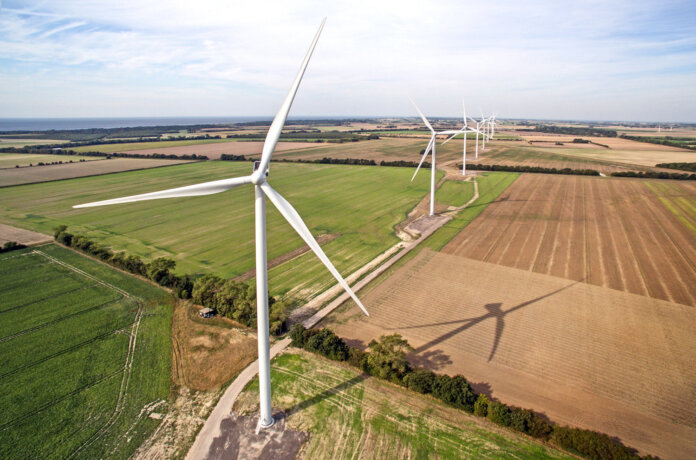Long-term Ansys customer Vestas has extended its use of Ansys’ simulation across its entire product chain to help it create safer wind turbine control solutions.
Instead of relying on third-party programmable logic controllers (PLCs), Vestas wanted to integrate more safety capabilities into a unique system design, with the flexibility to execute safety functions in more distributed, complex ways. The Vestas team needed to address complex sensor fusion (merging data from multiple sensors) and create control algorithms requiring more system power.
Vestas used Ansys SCADE’s Model-Based Software Development Environment to implement wind turbine controllers that successfully met its unique system design and certification requirements. SCADE supports product-agnostic variant builds with very few parameters which can be changed from one turbine to another. This activity drives better turbine designs at lower price-performance ratios for customers.
“SCADE continues to be our go-to for addressing complexities inherent in our wind turbine components,” says Keld Hammerum, senior specialist for functional safety business unit power solutions at Vestas. “We’re pleased with the recent improvements to SCADE Test we’ve seen in the past three years, and the support we’ve received from Ansys. Reusing Ansys SCADE application software models within our own simulation framework helps drive more reliable, better simulations that ultimately produce more competitive turbine designs for us.”
“Ansys SCADE helps Vestas to develop the advanced and complex software customers are asking for in a wind turbine design, making it easier to demonstrate compliance with relevant safety standards such as IEC 61508,” states Shane Emswiler, senior vice president of products at Ansys. “Running specialized SCADE models in various simulation environments leads to improved simulation results. We will continue to support Vestas’ commitment to developing safe, sustainable energy solutions.”





Integrated design of turbine operating and safety functions is a great idea, assuming the controls and safety systems are in independent hardware platforms as per current practice.